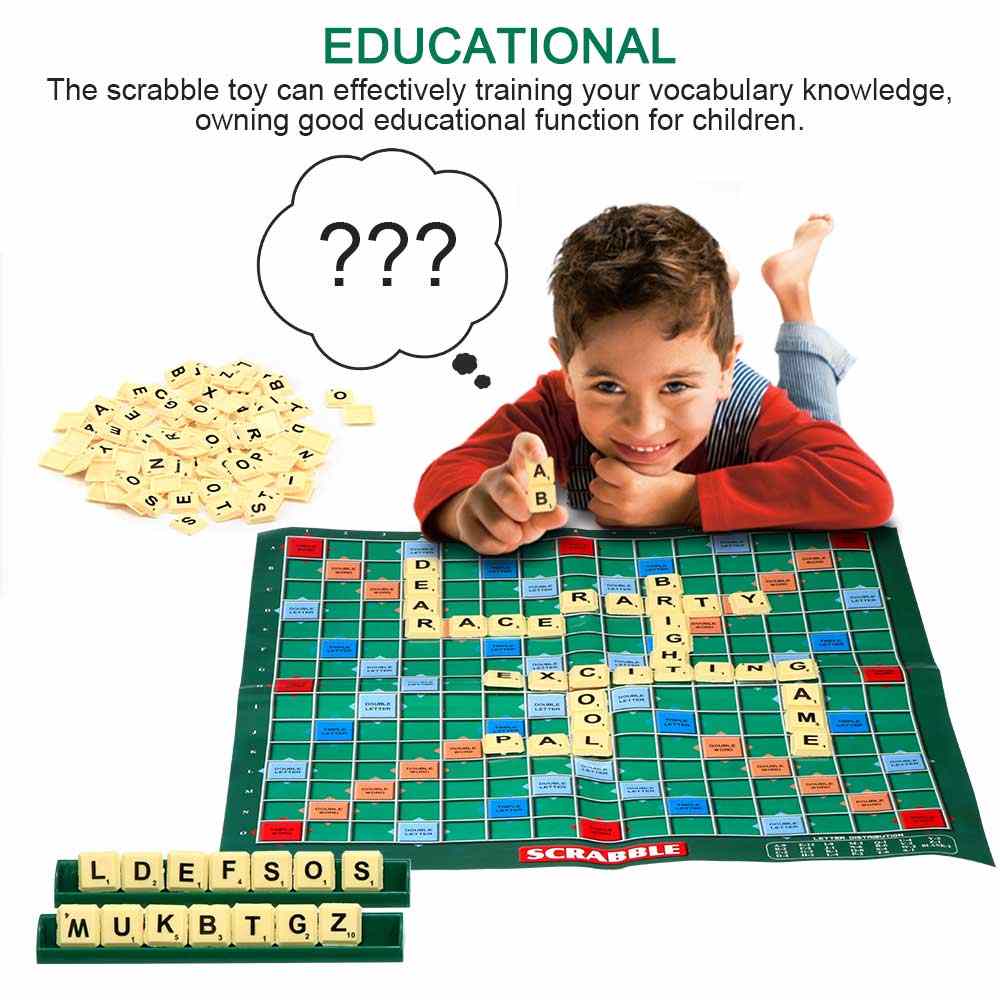Reading A-Z With Kids: Teaching Them Fun & Easy 3 Methods
Learning to read is a crucial skill for children, and parents play a pivotal role in helping their kids develop strong reading skills. However, teaching a child reading a-z can be overwhelming for many parents. Fortunately, there are many fun and easy methods that parents can use to help their children enjoy reading and build their literacy skills.
From phonics and sight words to word games and engaging activities, there are many ways to make reading a-z fun and engaging for kids. In this article, we will explore tips and strategies for teaching reading a-z with kids effective and enjoyable.

We will discuss the importance of letter sounds and phonics, reading strategies and activities, as well as the significance of sight words. By following these tips, parents can help their children develop a love for reading, which will serve them well throughout their lives.
So, if you are a parent who is looking for fun and easy ways to teach your child to read, keep reading!
Letter Sounds and Phonics
Phonics, which is best taught explicitly, sequentially, and systematically, is an effective approach to teaching children letter sounds and is a core skill in the Begin Approach to helping kids thrive in school and life.
Phonics instruction helps children understand the relationship between letters and sounds, which is crucial for learning to read and spell. By systematically teaching children the sounds of letters and how to blend them together to form words, phonics lays the foundation for reading success.

In order to help children develop strong phonics skills, it is important to incorporate blending practice and sound recognition activities into their learning routines. Blending practice involves teaching children to combine individual sounds into words, while sound recognition activities focus on helping children learn to identify and differentiate between specific sounds.
By providing children with ample opportunities to practice these skills, parents and educators can help them become proficient in phonics and set them on the path to reading success.
Reading A-Z Strategies and Activities
Shared reading and engaging children in word games can be effective strategies to promote reading skills and comprehension.
Shared reading involves reading a book with a child, allowing them to follow along and participate in the reading experience. This can help children develop an understanding of how stories are constructed and the different elements that make up a narrative.
Additionally, word games can be a fun way to engage children’s reading skills and improve their vocabulary. Activities such as scrabble, crossword puzzles, and word searches can help children learn new words and reinforce their understanding of phonics.

Physical learning activities can also be useful in promoting reading skills. Using play dough, clay, paint, or indoor-safe sand to form and shape letters or words can help children develop their fine motor skills while also learning letter recognition.
Magnetic letters can also be used to form words or name sounds, providing a hands-on learning experience. By incorporating physical activities into their reading a-z instruction, parents and educators can help children develop a more well-rounded understanding of reading a-z and language.
Importance of Sight Words
Recognizing and memorizing sight words is a crucial aspect of early reading development that can greatly enhance children’s reading fluency and comprehension.
Sight words are words that are commonly used in the English language, and they do not follow the traditional rules of phonics. As such, they cannot be sounded out and must be memorized. Some common examples of sight words include ‘the,”and,”is,’and ‘have.’

Sight word memorization can lay the foundation for early reading success. By recognizing these words automatically, children can improve their reading a-z speed and comprehension. Additionally, sight words can make up a significant portion of the text in early reading materials, such as picture books and beginning readers.
Therefore, it is essential for children to have a solid understanding of these words in order to read fluently and understand what they are reading. Parents and educators can help children learn sight words through various games, activities, and flashcards.
Consistent practice and reinforcement can lead to successful sight word recognition and, ultimately, improved reading skills.







